1. The Who – Who Are You (1978)

When people think of The Who, they often go straight to Tommy or Who’s Next. But their 1978 album Who Are You was a significant release, coming at a time when punk and new wave were threatening to leave classic rock behind. The title track became a huge anthem, but the rest of the album doesn’t get the same recognition today. It showcased a band trying to stay relevant while also dealing with the personal struggles that would soon claim drummer Keith Moon.
Songs like “Music Must Change” and “Trick of the Light” showed their willingness to experiment while still keeping their signature power. For younger musicians in the late ’70s and early ’80s, this record proved that The Who weren’t afraid to evolve. Still, in conversations about their legacy, Who Are You often gets overshadowed. It remains a fascinating snapshot of a legendary band on the edge of transition.
2. Aerosmith – Rocks (1976)
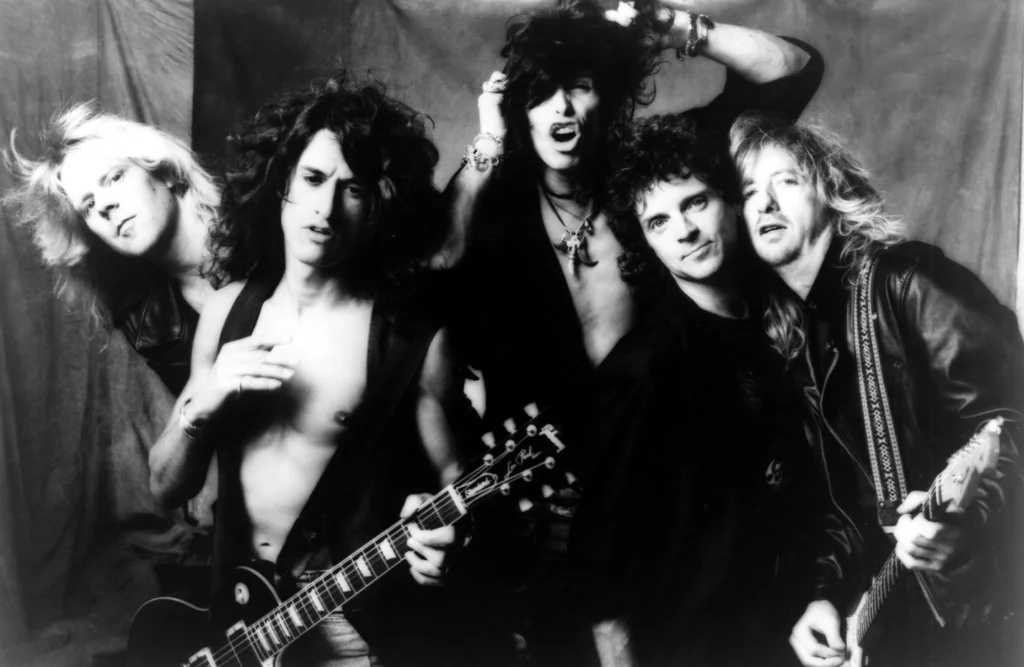
Aerosmith has plenty of hits people remember, but Rocks often gets pushed aside in favor of Toys in the Attic. Released in 1976, it was pure, raw rock and roll that influenced everyone from Slash to James Hetfield. This was Aerosmith at their grittiest, before power ballads and MTV fame took over their reputation. Many hardcore fans consider it their best work.
Tracks like “Back in the Saddle” and “Last Child” captured a swagger that countless bands tried to imitate. The album’s unpolished edge gave it lasting credibility with younger generations of rockers. Despite its importance, it doesn’t get the same mainstream nostalgia treatment as some of their other records. Rocks is the kind of album that shows why Aerosmith mattered in the first place.
3. Fleetwood Mac – Bare Trees (1972)
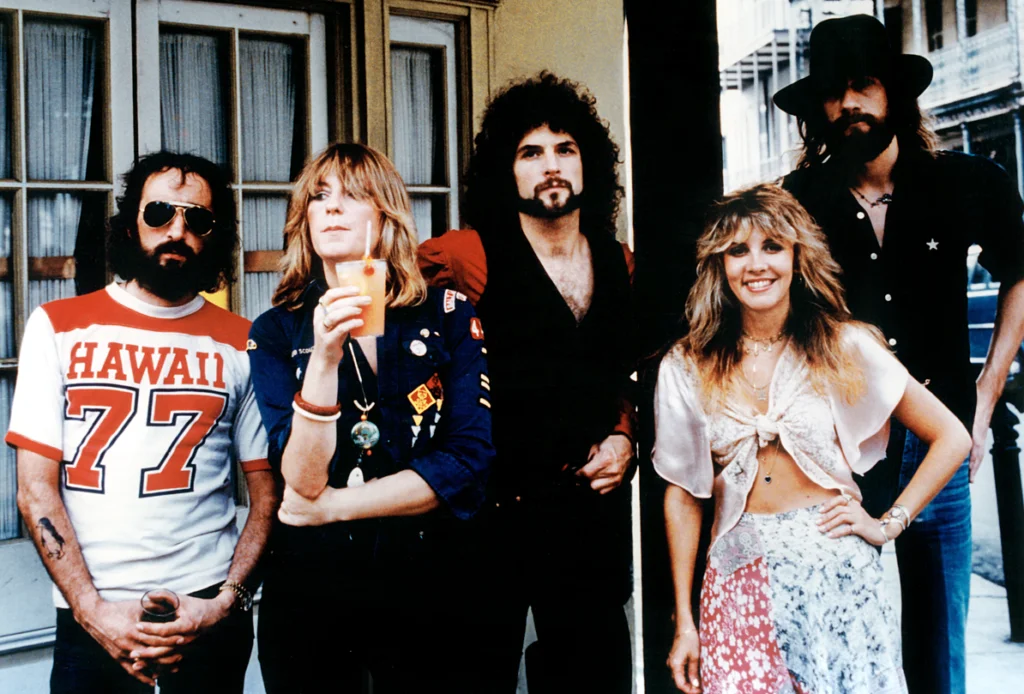
Fleetwood Mac became a household name with Rumours, but years before that, they put out Bare Trees. Released in 1972, it was a transitional record that leaned into melodic rock while still carrying some of the blues roots that defined their early sound. It doesn’t get the spotlight today, but it laid important groundwork for their later success.
Songs like “Sentimental Lady” and the title track offered a softer, dreamier side that hinted at the direction they would take later. Christine McVie’s contributions gave it a warmth that fans would come to love. Though overshadowed by their mid-to-late ’70s mega-hits, Bare Trees remains a beautiful, often overlooked chapter in their story. It deserves more credit as part of the foundation of Fleetwood Mac’s evolution.
4. Elton John – Madman Across the Water (1971)

Elton John has so many famous albums that it’s easy to forget some of the earlier ones. Madman Across the Water came out in 1971 and included “Tiny Dancer,” which has since become one of his most iconic songs. But at the time, the record didn’t make as big a splash as his later blockbusters. Over the years, it’s become more of a cult favorite.
Other tracks like “Levon” and the epic title track showed the depth of his songwriting partnership with Bernie Taupin. The record had a darker, moodier atmosphere than some of his other ’70s work. While fans tend to focus on Goodbye Yellow Brick Road or Captain Fantastic, Madman Across the Water remains one of Elton’s most interesting albums. It influenced countless singer-songwriters even if it doesn’t always top the “best of” lists.
5. Queen – Sheer Heart Attack (1974)
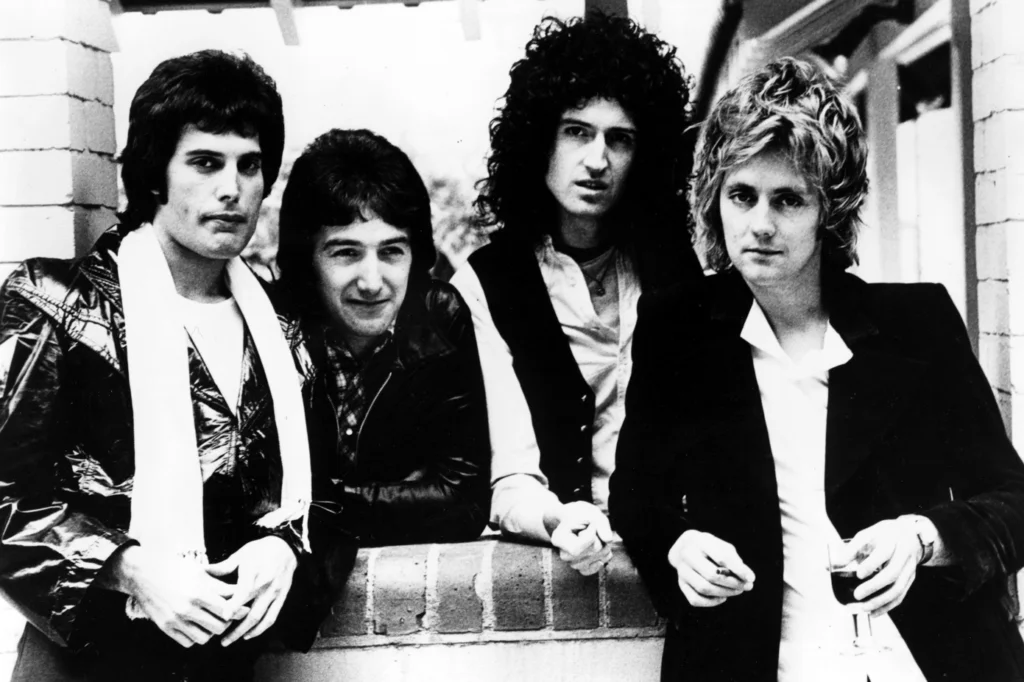
Before A Night at the Opera made Queen superstars, Sheer Heart Attack showed what they were capable of. Released in 1974, it blended hard rock, glam, and even proto-punk energy. While “Killer Queen” became a hit, much of the album is rarely mentioned outside of dedicated fan circles. Yet it’s one of the records that solidified Queen’s unique sound.
Songs like “Now I’m Here” and “Stone Cold Crazy” (later covered by Metallica) proved they could rock just as hard as any of their peers. The album’s variety foreshadowed the ambitious experiments that would define Queen’s career. Even though it’s often eclipsed by their later, bigger albums, it was crucial in shaping their identity. For many musicians, this was the Queen record that lit a spark.
6. David Bowie – Diamond Dogs (1974)
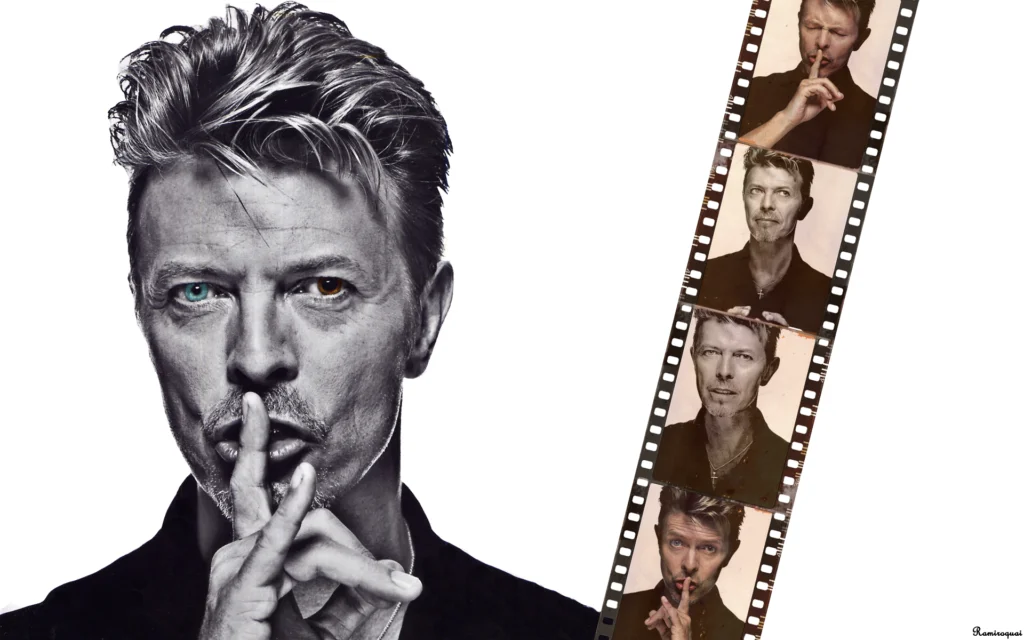
Bowie’s catalog is full of legendary albums, but Diamond Dogs doesn’t always get the recognition it deserves. Released in 1974, it was his dystopian, post-apocalyptic concept album, heavily inspired by George Orwell’s 1984. While it included the classic “Rebel Rebel,” much of the album remains underappreciated compared to Ziggy Stardust or Heroes.
Tracks like “Sweet Thing” and the title song showed Bowie at his most theatrical and experimental. It bridged his glam rock era with the soul and funk influences that would dominate Young Americans. While often forgotten in casual conversations, Diamond Dogs was a major influence on both punk and alternative rock. It’s Bowie at his strangest, which makes it essential listening.
7. The Rolling Stones – Goats Head Soup (1973)
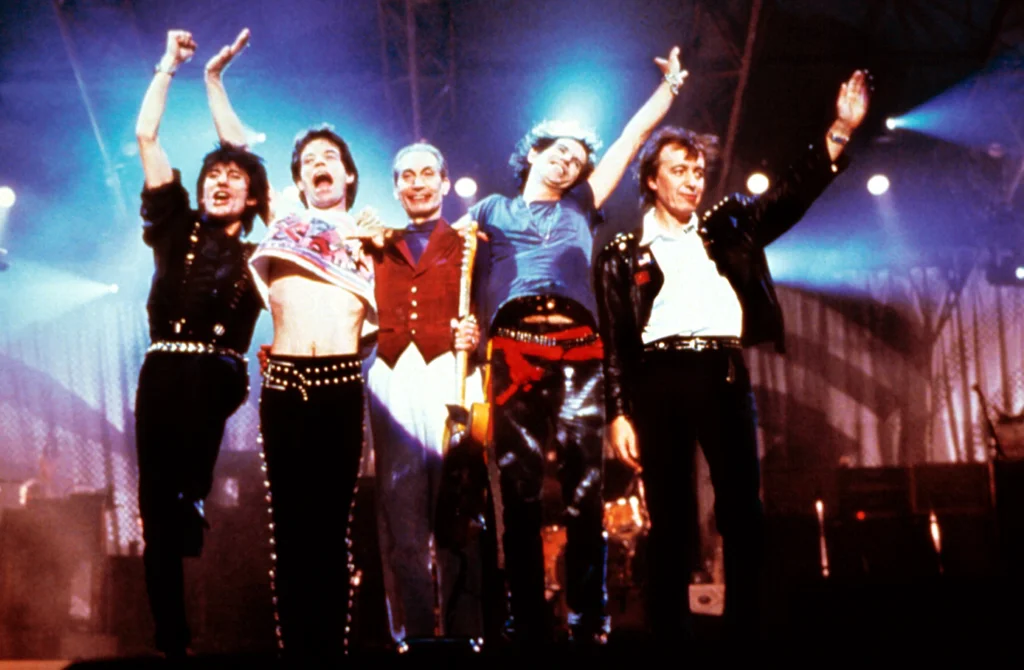
The Rolling Stones’ catalog is so stacked that some great albums get lost in the shuffle. Goats Head Soup, released in 1973, often gets overlooked between Exile on Main St. and It’s Only Rock ’n Roll. But it gave us “Angie,” one of their most enduring ballads, and plenty of deep cuts worth revisiting.
Songs like “Doo Doo Doo Doo Doo (Heartbreaker)” and “Star Star” showed the Stones weren’t afraid to mix controversy with melody. The record had a looser, hazier feel that reflected the times. While it may not have the iconic reputation of their late-’60s albums, it still influenced the next wave of rock bands. It’s a forgotten gem that deserves more recognition in their long discography.
8. Jethro Tull – A Passion Play (1973)
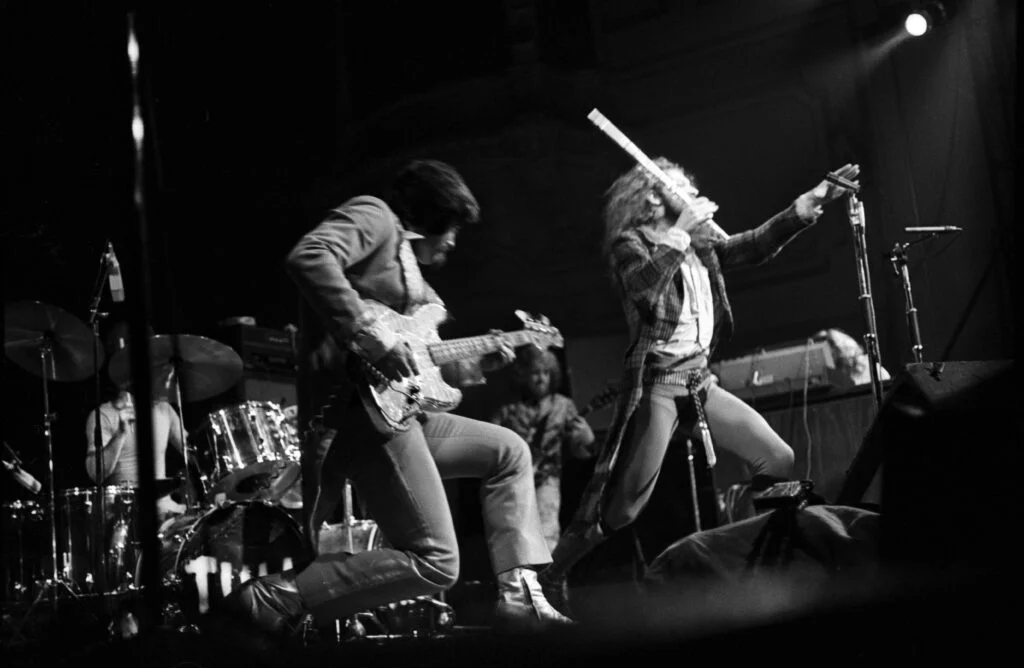
Jethro Tull is best remembered for Aqualung, but A Passion Play was one of their most ambitious projects. Released in 1973, it was a single, continuous piece of music that pushed the limits of progressive rock. Critics at the time were divided, and the album has since been overshadowed. Still, it influenced countless prog musicians who admired its complexity.
The album’s theatricality and intricate arrangements were bold even for the era. It showed that rock could aspire to be as detailed and layered as classical composition. While not as accessible as Aqualung, it pushed the boundaries of what a rock record could be. It remains an important, if often overlooked, part of Tull’s legacy.
9. The Kinks – Muswell Hillbillies (1971)
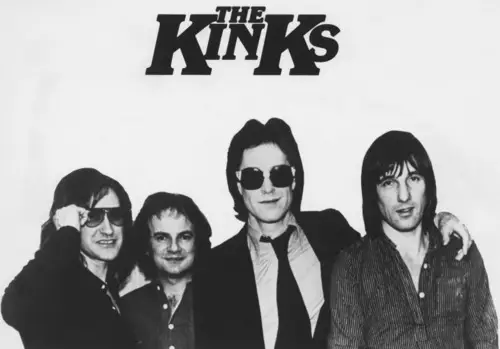
The Kinks had a huge influence on rock, but their 1971 album Muswell Hillbillies tends to be forgotten. It marked a shift from their earlier British Invasion hits to a more rootsy, Americana-inspired sound. While critics praised it, it never became a big commercial success. Today, it stands as one of their most underrated works.
Songs like “20th Century Man” and “Alcohol” mixed social commentary with humor in a way only Ray Davies could. The album had a warmth and wit that made it stand out, even if it didn’t chart high. Later generations of alternative and folk-rock bands drew inspiration from it. It’s one of those records that grows on you the more you hear it.
10. Bob Dylan – Street-Legal (1978)
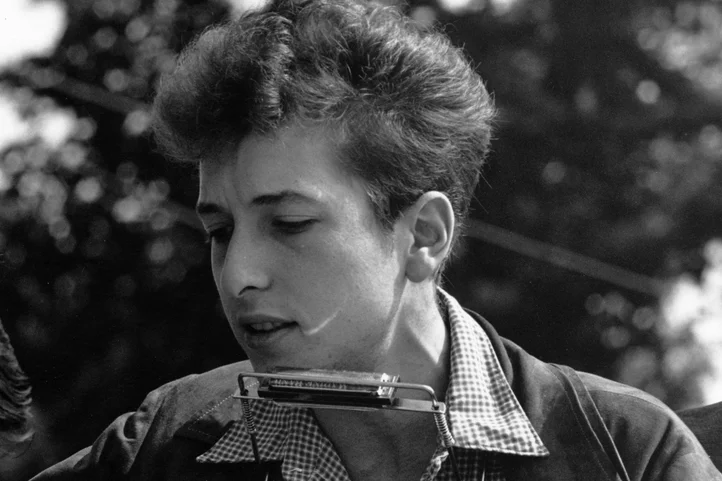
Bob Dylan’s discography is packed with iconic albums, but Street-Legal often gets left behind. Released in 1978, it came after a turbulent period in his life and marked a shift in his sound. The arrangements were fuller, with backing vocals and a bigger band feel. Critics were harsh at the time, but the album has aged surprisingly well.
Songs like “Changing of the Guards” and “Señor (Tales of Yankee Power)” showed Dylan wrestling with big themes in his own unique way. While not as celebrated as Blood on the Tracks or Desire, it influenced later songwriters with its poetic sprawl. Fans who revisit it often find it more rewarding than they expected. It’s a forgotten chapter in Dylan’s story that deserves revisiting.
11. Santana – Amigos (1976)

Santana is best remembered for their early hits like “Black Magic Woman,” but Amigos was an important mid-’70s release. Released in 1976, it kept their Latin rock fusion alive while also experimenting with funk and jazz elements. It produced “Let It Shine,” which became a hit single, but the album as a whole often gets overlooked.
Other tracks like “Dance Sister Dance” and “Europa” highlight the band’s musical versatility. It kept Santana relevant during a decade when rock was rapidly evolving. While fans often go back to their Woodstock-era albums, Amigos proved they weren’t stuck in the past. It’s an album worth pulling out when remembering Santana’s lasting impact.
12. Lynyrd Skynyrd – Nuthin’ Fancy (1975)
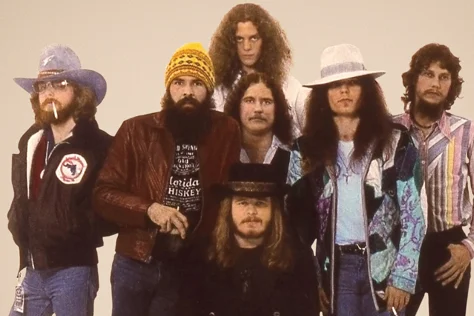
Everyone knows Pronounced ’Leh-’nérd ’Skin-’nérd and Second Helping, but their third album Nuthin’ Fancy often gets left behind. Released in 1975, it carried on their Southern rock legacy with grit and swagger. It was the first record to go to No. 1 for them, yet it doesn’t get the same attention today.
Songs like “Saturday Night Special” and “On the Hunt” showed their ability to mix social commentary with classic rock attitude. The record influenced countless Southern rock bands, even if it isn’t the one most people remember first. It’s a reminder that Skynyrd had depth beyond the usual hits. Nuthin’ Fancy is proof that even their “forgotten” albums left a mark.
13. Led Zeppelin – Presence (1976)
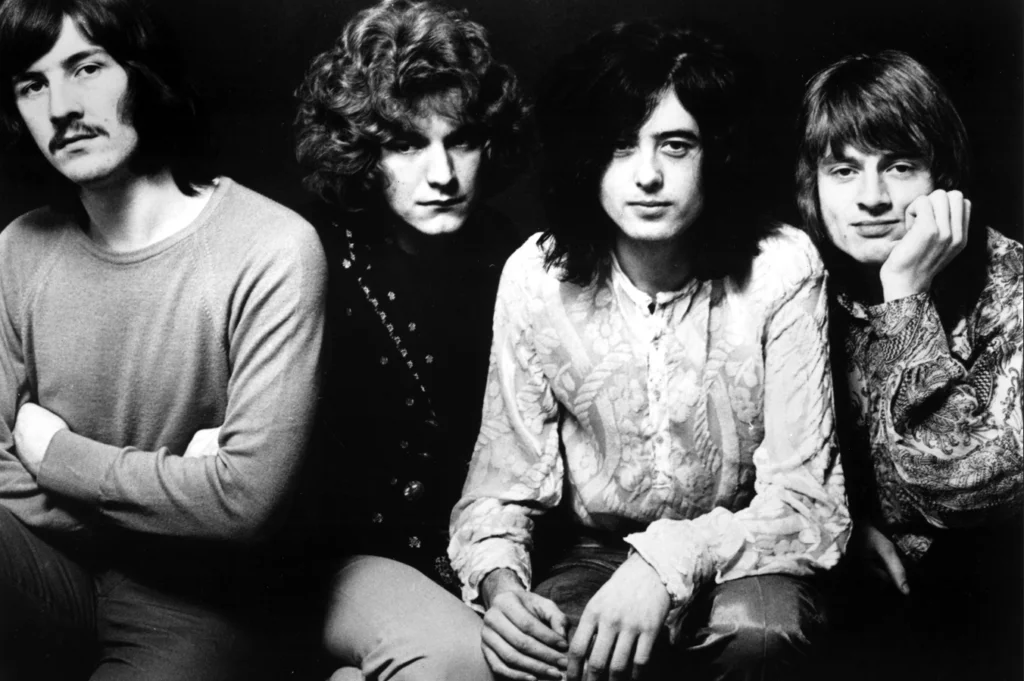
While Led Zeppelin IV and Physical Graffiti usually steal the spotlight, Presence deserves far more credit than it gets. Recorded during a turbulent time for the band, it was a stripped-down, no-frills return to hard rock. Released in 1976, it didn’t produce any major radio hits, but it remains one of their most intense, guitar-driven albums. Jimmy Page’s playing is absolutely ferocious throughout.
Songs like “Achilles Last Stand” and “Nobody’s Fault but Mine” showcase a band fighting to prove they still had the fire. Though it lacked the grandeur of their earlier records, it influenced generations of hard rock and metal players with its sheer force. Over time, critics have reevaluated it, recognizing it as a hidden gem in their catalog. It’s Zeppelin at their rawest and most determined.
14. The Eagles – On the Border (1974)
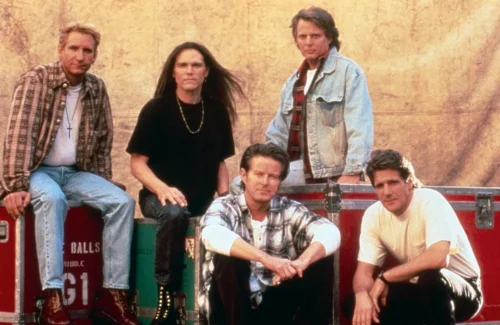
Before Hotel California made them icons, The Eagles released On the Border, a record that marked their transition from country rock to a more electric sound. It featured early classics like “Already Gone” and “Best of My Love,” but somehow it never gets mentioned as much as their other albums. The addition of Don Felder on guitar gave the band a grittier edge that shaped their later hits.
The album blended the harmonies of their country roots with a tougher attitude that spoke to where rock was heading. Songs like “James Dean” gave it a youthful energy, while “My Man” reflected their bittersweet side. It’s one of those albums that quietly bridges eras in their career. Without On the Border, their polished late-’70s sound might never have happened.
15. The Doobie Brothers – Toulouse Street (1972)
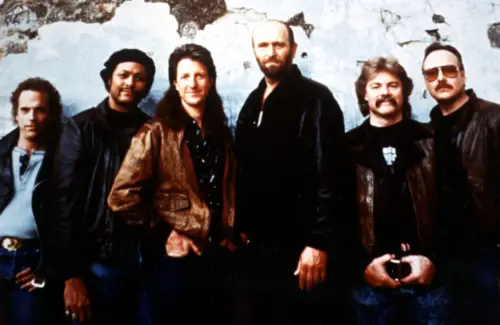
Everyone knows “Listen to the Music,” but few remember that it came from Toulouse Street, the album that made The Doobie Brothers a household name. Released in 1972, it was their breakthrough record, combining rock, soul, and a bit of folk. It also featured “Jesus Is Just Alright” and “Rockin’ Down the Highway,” songs that became staples of ’70s radio.
Despite those hits, the album itself tends to get lost among their later works with Michael McDonald. But Toulouse Street captures the original, guitar-driven sound that first drew fans in. Its easygoing California vibe influenced a whole wave of soft rock bands. Listening to it now feels like rediscovering the heart of the early ’70s sound.
16. Deep Purple – Burn (1974)
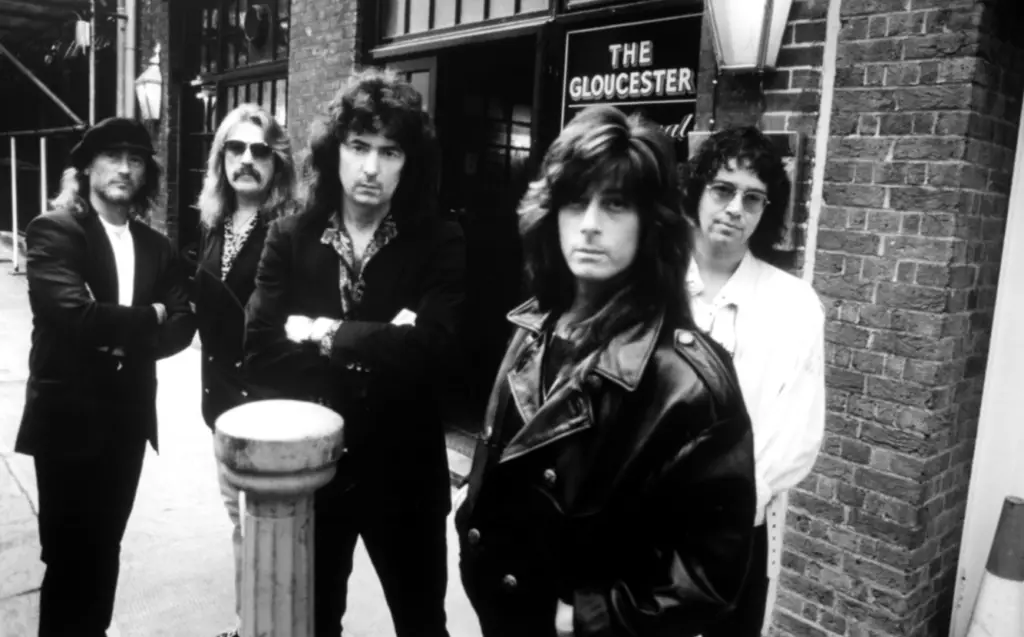
Deep Purple’s lineup changes often divided fans, but Burn proved they could still deliver when it mattered. Released in 1974, it introduced David Coverdale and Glenn Hughes to the mix, adding a bluesy, soulful flavor to their signature hard rock sound. The title track remains a monster of a song, yet the album as a whole doesn’t get as much attention today.
Tracks like “Mistreated” and “Sail Away” showed the band’s new dynamic and musical range. It bridged the gap between classic hard rock and what would soon become heavy metal. While Machine Head gets most of the glory, Burn quietly shaped the sound of the next decade. It’s one of those records that reminds you why Deep Purple was more than just “Smoke on the Water.”
17. Electric Light Orchestra – Eldorado (1974)

Before ELO became known for massive pop hits like “Mr. Blue Sky,” they crafted something magical with Eldorado. Released in 1974, it was their first fully realized concept album, telling a dreamy story about escapism through music. With lush orchestration and ambitious arrangements, it blended rock and classical in a way few bands dared to.
Songs like “Can’t Get It Out of My Head” and “Boy Blue” capture the cinematic feel Jeff Lynne was aiming for. While later albums became more commercially successful, Eldorado remains one of their most artistically daring efforts. It influenced symphonic rock and even early film soundtracks. For fans willing to step off the beaten path, it’s an album full of discovery.
18. Paul McCartney & Wings – Back to the Egg (1979)

By the end of the ’70s, Paul McCartney and Wings were winding down, but Back to the Egg still had plenty of spark. Released in 1979, it was a return to a rougher, more rock-oriented sound after the polished London Town. While it wasn’t a massive hit compared to McCartney’s earlier work, it became a cult favorite among fans.
Songs like “Getting Closer” and “Arrow Through Me” showed McCartney experimenting again, blending new wave textures with classic rock craftsmanship. The record also featured the “Rockestra Theme,” bringing together members of Led Zeppelin, The Who, and Pink Floyd. Though it often gets dismissed, Back to the Egg captures the restless creativity that kept McCartney’s career evolving. It’s a forgotten finale that deserves more respect.


